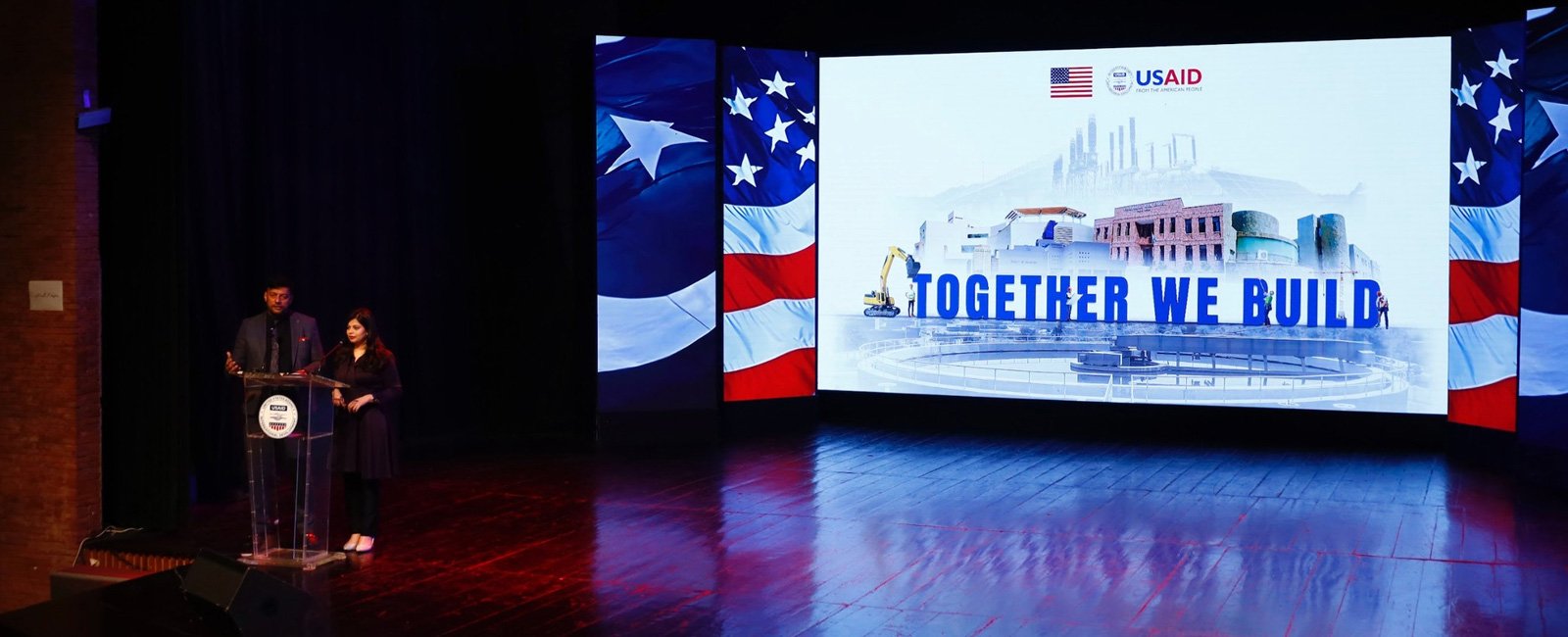End of an era: USAID's impactful journey in Pakistan comes to a close

ISLAMABAD: For more than seven decades, the United States Agency for International Development (USAID) has been a key player in Pakistan’s development, channelling nearly $30 billion into infrastructure, education, healthcare, and governance. But operative projects worth $169 million come to an abrupt halt, and Pakistan faces a moment of reckoning: Will this crisis propel the country toward self-reliance, or will the vacuum left by USAID deepen economic and social vulnerabilities?
The decision to freeze funding is already sending shockwaves across Pakistan’s development sector, where thousands of workers employed by NGOs and civil society organizations now find themselves at risk of joblessness.
“Pakistan must eventually stand on its own feet. Aid kept us dependent—just as debt is a problem, so is aid. We should see this as an opportunity and take steps toward self-reliance,” said Aizaz Ahmad Chaudhry, former Foreign Secretary of Pakistan and Ambassador to the United States, in an interview.
A Legacy of Development and Diplomacy
USAID has played a transformative role in Pakistan since its inception in 1947, funding major projects in power generation, agriculture, education, and disaster response. In the 1950s and 60s, the agency helped revolutionize agriculture by investing in high-yield wheat and rice varieties and supporting research institutions like the Faisalabad Agriculture Institute and Karachi’s Institute of Business Administration.
Infrastructure projects received major boosts, including technical assistance for the Tarbela Dam, one of the largest earth-filled dams in the world, generating 4,888 megawatts of electricity. USAID also supported upgrades to the Mangla and Warsak Dams, securing Pakistan’s energy future.
Following 9/11, U.S. interest in Pakistan surged, and USAID played a strategic role in economic growth, governance, and counterterrorism stability. Over the years, investments included:
• $43.5 million for economic development
• $150 million for Tarbela Dam expansions
• $81 million for the Kurram Tangi Dam
• $97 million for the completion of Gomal Zam Dam
• $17.9 million to improve clean drinking water access
• $19.1 million to strengthen electoral and legislative processes
In education, USAID trained over 100,000 teachers and spent $20 million on leadership training across governance, economy, and security sectors. In times of crisis, the agency provided $510 million in relief after the 2005 earthquake and $676 million following the 2010 floods. As recently as 2022, USAID allocated $53.1 million for flood assistance.
A Soft Power Strategy, Now Fading
Beyond its development contributions, USAID has long been seen as a soft power tool for American diplomacy.
“USAID was America’s soft image; barely one per cent of the U.S. budget was spent on it, but it helped create goodwill in the Third World. The largest USAID project in Pakistan was scholarships, and to some extent, it played a positive role,” said Zahid Hussain, senior journalist and author.
Now, with funding halted, that influence is diminishing.
A Crisis for the Development Sector
The impact of USAID’s withdrawal is already being felt across Pakistan, particularly in healthcare, agriculture, and social services.
“Advocacy organizations won’t be affected as much, but those providing direct services in entrepreneurship, health, and agriculture will suffer severely. Work in regions like Thar, Chitral, and Gilgit-Baltistan will be disrupted, affecting non-governmental efforts in social protection,” said Rasheed Ch., National Coordinator of the Free and Fair Election Network (FAFEN).
While unemployment is just one consequence, the number of affected workers is substantial.
A Call for Self-Reliance
With USAID’s departure, Pakistan stands at a crossroads. Will the country use this moment to foster self-sufficiency, or will the loss of foreign aid deepen economic distress?
“Although these projects have ended, the real question remains: Will Pakistan embark on a journey of self-reliance, or will it remain trapped in dependency?”
The answer, for now, remains uncertain.




